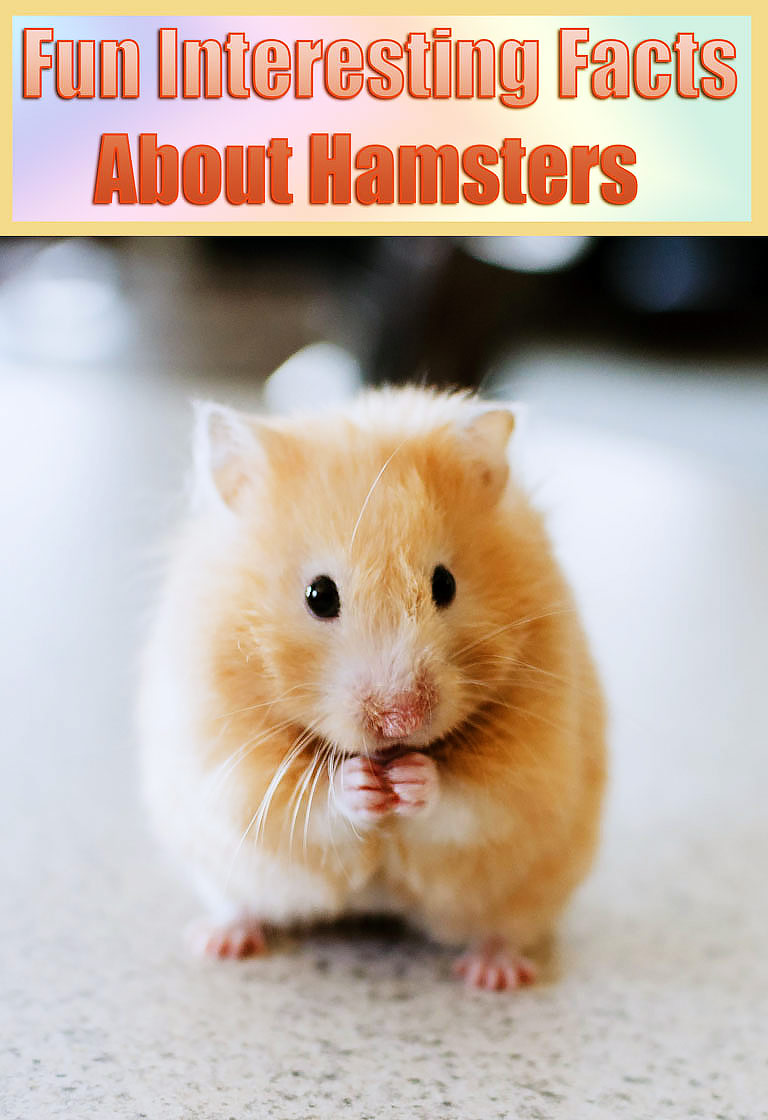
Hamsters are great little creatures to have as pets
They love lots of attention and enjoy interacting with their owners. They are cute, fun and extremely active little rodents, especially at night when the sun goes down. There over 25 species of hamsters in the world, ranging from a large European breed to the tiniest of dwarf hamsters that are also popular pets to keep.
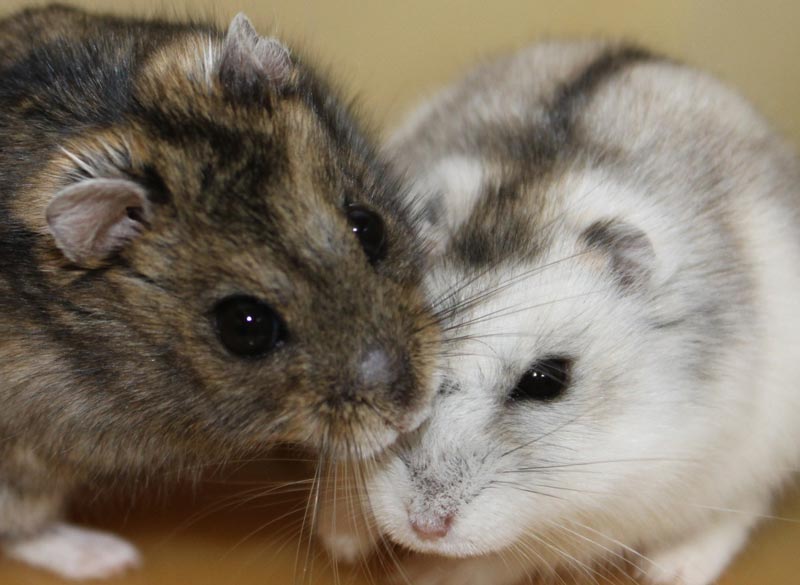
Here are some fun and interesting facts about these adorable and popular little pets you may not already know.
- Hamsters belong to a subfamily known as Cricetinae
- The largest breed of hamster is a European breed that can measure up to 13.4 inches long (34cm). The species is called the Cricetus cricetus
- The smallest hamster is the tiny dwarf which can be as small as 2 inches long although some reach 4 inches (5.5 to 10.5cm). The species is called genus Phodopus
- Some dwarf hamsters have been known to live for up to 4 years!
- There are certain dwarf breeds of hamsters that can delay the birth of their pups if they already have a litter they are nursing!
- Hamsters are nocturnal mammals which means they are more active at night and they sleep during the day
- Hamsters have a natural instinct to burrow
- A hamster’s diet consists of dried food, nuts, seeds, vegetables and berries but they are what is called omnivores which means they like to eat meat as well as vegetables
- A hamster can store their food in their cheeks as they collect it and then take it to their colonies to eat it all later
- Hamsters have short tails, stout bodies, small ears, short legs, wide feet and large eyes
- They have thick, silky fur which can be either long or short. Their coats can be black, brown, grey, yellow, white, red or a mixture of all of them
- The most common hamster kept as pet is called a golden-brown Syrian, the species is known as Mesocricetus auratus
- Golden-brown Syrian hamsters can grow to 6 inches long and they can live up to 6 years if well looked after
- There are 4 basic breeds of hamsters, namely the Syrian, Russian Dwarf, Chinese and Roborovski hamsters
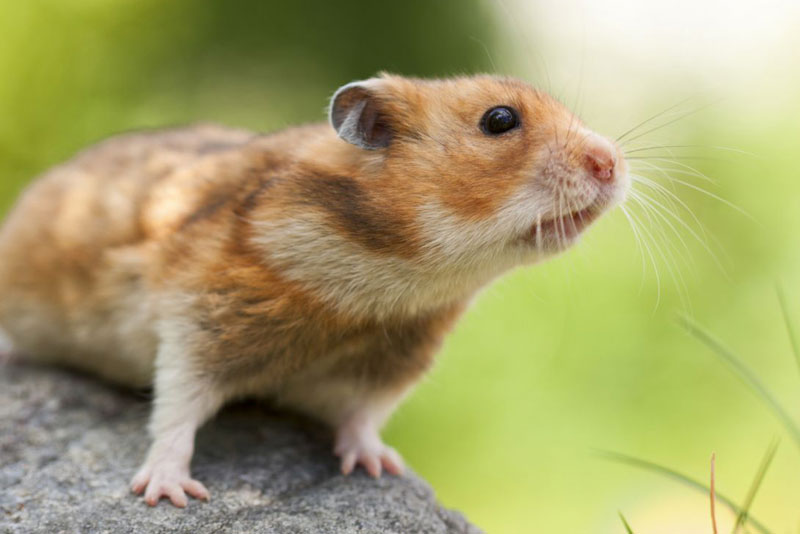
Hamsters have been kept as pets for a very long time. They were first found by man in Syria and the name “hamster” comes from a very old German word “hamstern” which translated means “hoard”. Although, hamsters were discovered for the first time in Syria, these lovely little rodents are in fact, native to many other countries in the world.
Here are some more fascinating facts about hamsters
- Syrian hamsters like to be on their own, they are solitary creatures and can be extremely territorial – they need and like their own space. When put with other hamsters they can become very aggressive and even kill other hamsters in their environment
- The hamster’s natural habitats are being developed more and more the world over. The result is their populations are being threatened which has put these lovely little rodents in danger of extinction
- Hamsters don’t have very good eyesight, they are very short sighted – they rely on their sense of smell to find their way around. They use scent glands found on their bodies to rub on rocks and other things they travel along in order to lay a scent trail for themselves
- Hamsters are color blind
- When startled, a hamster will bite but normally they are gentle little creatures and love to interact with their owners
- Hamsters can be easily trained to do all sorts of tricks and will respond to their names when called
- Hamsters normally live between 2 and 3 years – however, one human year is equivalent to around 25 hamster years!
- Male hamsters are referred to as boars
- Females are called sows
- Baby hamsters are known as pups

As previously mentioned, the most popular breed of hamster to keep as a pet is the Golden Hamster which is a native to desert regions of Syria in the Middle East. Here are a few fun and fascinating facts about Golden Hamsters:
- This breed is native to Syria, where they can be found in the dry desert regions of the country
- Golden hamsters can be anything from 4 to 7 inches in length
- Female Goldens are larger than the males
- Golden hamsters are also called Teddy Bear Hamsters
- This breed needs to live on their own and will not tolerate sharing their space with other hamsters
- Golden hamsters can live from 2 to 3 years but much longer if well cared for
- The perfect food for Golden hammies is special hamster food, yoghurt and fresh veggies making sure they always have access to fresh clean water
- Golden hamsters also need to be given vitamin supplements in their daily diets
- Wild golden hamsters are very rare today and are only found in very few areas of Syria. This means in the wild these lovely little creatures are considered as being among the endangered species of the world. They have been listed as “Vulnerable” by the International Union of Conservation of Nature (IUCN)
- Males tend to live longer than the females
- Golden hamsters have 4 toes on their front paws but they have 5 on their back ones!
- It is thought that Golden hamsters can boast around 40 different colors!
- The largest recorded litter a Golden hamster gave birth to had over 20 pups in it!
- The gestation period of a female Golden hamster is a very brief 16 to 18 days, making it the shortest of any placental mammal in the world
- All domestic golden hamsters are descended from one wild female Syrian hamster who had a litter of 12 pups back in 1930
- Hamsters are clever, they can remember their relatives
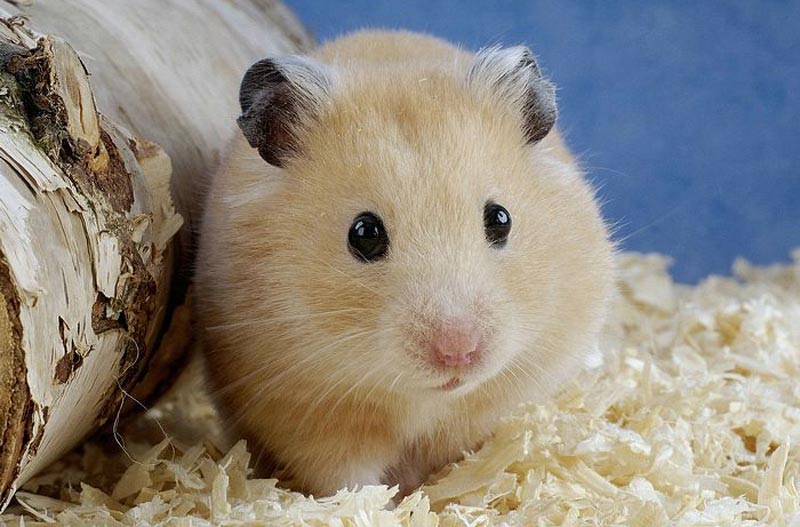
Taking care of a pet hamster means creating the right sort of environment for them to live in. Because these clever little creatures like to interact with their owners, it’s important to spend as much time as you can playing with them. Placing their cages where people tend to congregate in the home, is a great way of making sure a hamster never gets too lonely.
The thing you need to remember if you’re thinking about adopting a hamster, is they are great escape artists and can travel great distances if they get out of their cages – in a single night, a hamster may travel up to 10 kilometers on their exercise wheel!



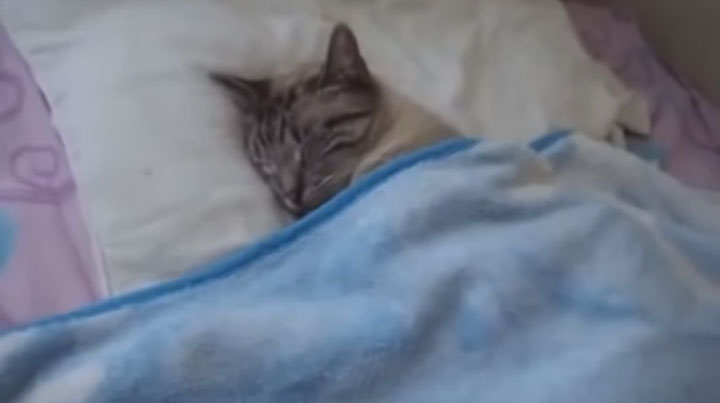
Leave a Reply